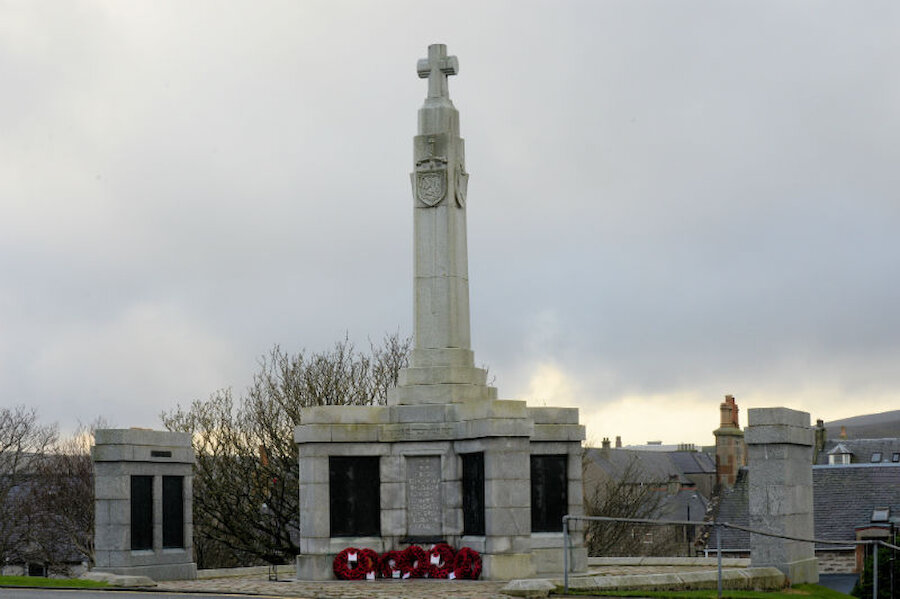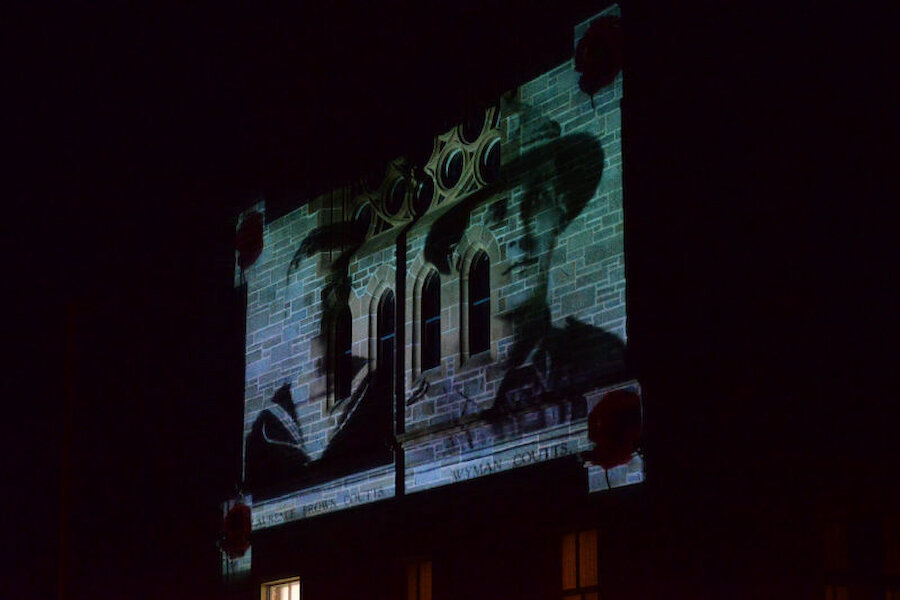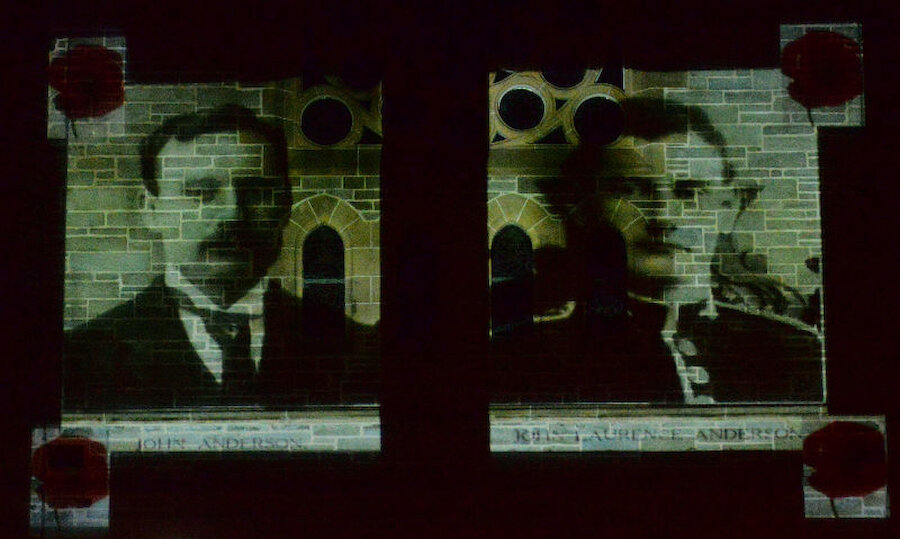Like other communities around Europe and elsewhere in the world, Shetland has marked the hundredth anniversary of the signing of the armistice at the end of the First World War.
The islands, and their men and women, played a crucial role during both world wars. In the First World War, Shetland was the base for the 10th Cruiser Squadron which, throughout the conflict, enforced a blockade in the north Atlantic that sought to deny Germany vital supplies.
Meanwhile, up to 3,500 men from Shetland – prized for their seamanship, just as they had been, a century before, by the Press Gangs – joined either the navy or the Royal Naval Reserve. A disproportionately large number of them became senior officers.
Many also continued to serve in the Merchant Navy; indeed, some of the first prisoners of war were Shetland seamen whose ships happened to be in German harbours on 4 August 1914, when war was declared. Others were aboard ships that became trapped in Russian Baltic ports; some of them managed to escape via neutral Sweden.








